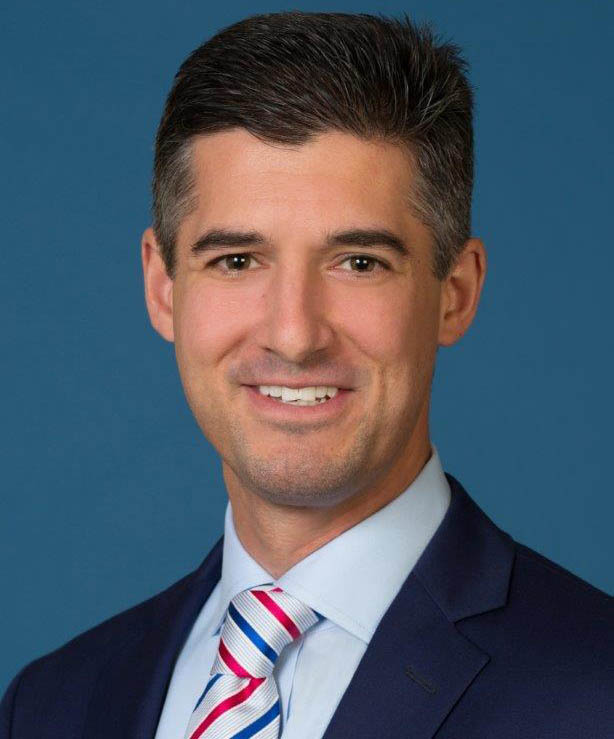Edward Jones has a long history of operating under a one-advisor-per-branch model. But about a year ago, the firm said advisors who choose to can co-locate in the same building. The firm then expanded the team approach to let experienced advisors share not just office space, but clients. Now, the firm is testing another team model, aimed at bringing into Edward Jones seasoned advisors from outside the firm who are nearing retirement and looking for a place to transition their practice.
David Chubak, head of U.S. Business Unit and Branch Development at Edward Jones, said the idea is just a concept at this point and the firm has not tested it at scale. Edward Jones sees an opportunity to bring in experienced advisors from the independent channel who may not have considered joining the company because of the lack of a team, and pair them with a younger advisor in a group structure. And that’s a large pool: The average age of the close to 19,000 advisors at Edward Jones is 47—a decade younger than the industry average.
Those experienced advisors will eventually go through a retirement transition plan, where the firm helps with the paperwork and legal agreements between the retiring advisor and successor.
“We are looking at an industry right now that is seeing a lot of retirements in the next decade,” Chubak said. “There’s a lot of people who are independent, or who feel disconnected from the firm they’re at, and don’t see a path to transitioning their practice … we have an opportunity to work with those advisors, bring them into the fold, and help them team up and partner with Edward Jones advisors in their communities, because we are local, to help drive that legacy, and do it in an economically favorable way to them, but also a sensible way to drive growth.”

David Chubak
Under its regional structure, when an advisor joins Edward Jones they join a group of some 70 to 80 colleagues that operate within that region.
“No firm has that model that we have, so that creates already a natural connectivity point,” Chubak said.
Chubak said the firm hopes to attract so-called “break-back brokers” who are coming back from full independence.
“The goal of this effort … is to be able to reverse flow,” he said. “I understand there are many virtues of independence, or many perceived virtues of independence, but the reality is if you’re independent, you will never have the power of tying into the proprietary insight muscle and capabilities of a firm like ours.”
Some 1,500 Edward Jones advisors operate in some form of a team model; Chubak expects to add another 1,000 over 2024.
While Edward Jones has long marketed itself as bringing Wall Street to Main Street, it’s planning to launch a high-net-worth service business in 2024, Chubak said. The HNW group will sit within the firm’s existing client consultation group, and the plan includes an expansion of investment options beyond traditional mutual funds and ETFs. The firm currently has more than 400,000 HNW clients.
Also in a pilot phase, the group will include tax and estate planning, and help HNW advisors explore themes that tie finances, health, legacy and family, he added.
“A lot of our clients don’t have access to modern banking capabilities, to great lending offers, to integrated advice beyond investment in a portfolio, and then the ability to execute that with a product set that goes beyond the traditional mutual fund and ETF, and bonds and stocks, and starts looking at alternative assets and other products.”
The firm plans to expand its consultation group to add expertise on planning for HNW clients, and will consider partnering with outside vendors.
“We have more high-net-worth clients than probably any other firm out there, just by the nature of the size, scale, and distribution reach of our firm,” he said. “But we don’t serve them because they’re high net worth, we serve them because they’re good clients, and we’ve earned more and more of their wallet.”










